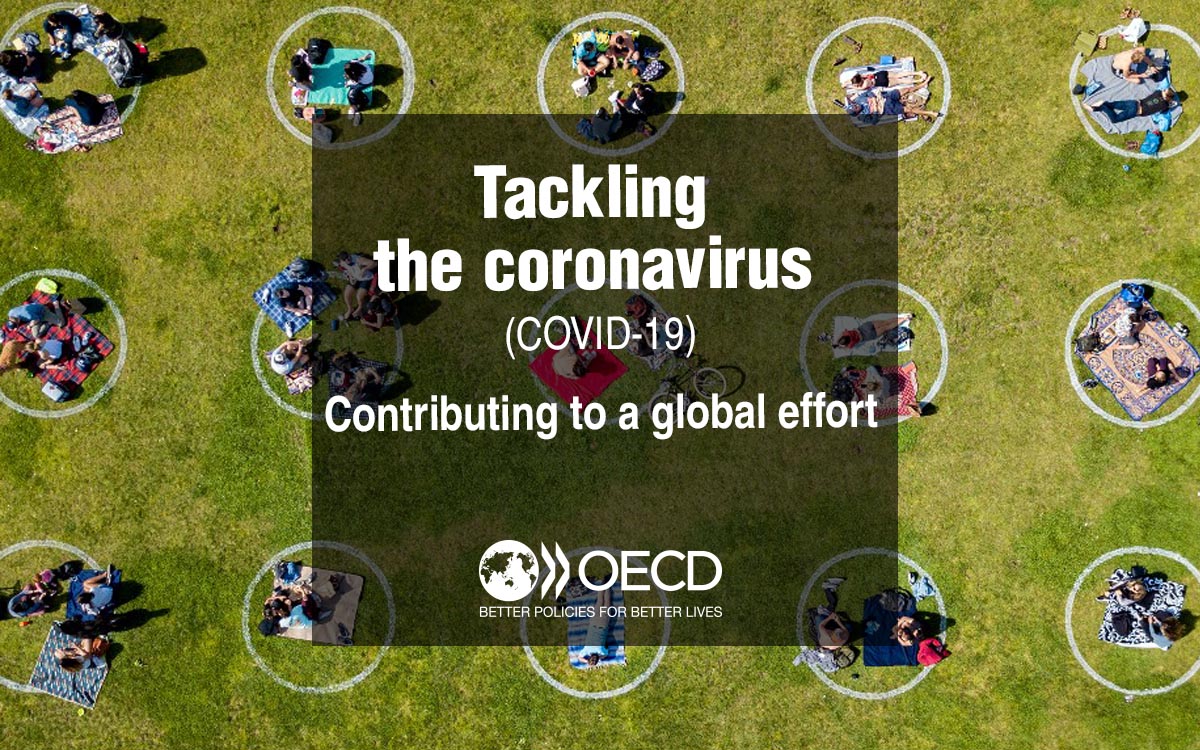COVID: A Two-Year Journey Filled With Lockdowns, Lost Lives, And Life-Saving Research

The new COVID, SARS-CoV-2, and its disease, COVID-19, have been declared a global public health emergency for the past two years. During this time, the World Health Organization received reports of over 433 million confirmed cases of COVID-19, including over 6 million deaths.
The pandemic altered people’s lives around the world, causing lockdowns, illness, and the loss of lives. It also sparked potentially lifesaving research and analysis.
The Conversation Africa presents some of the highlights of its coverage of variants, vaccines, lockdowns, and their effects over the period – as well as what has been learned about health systems, policymaking, and humanity.
Mutations
In December 2019, China reported a cluster of mysterious deaths caused by a novel coronavirus – the most recent in a long line of coronaviruses to affect humans.
Countries in Africa, like others around the world, began putting systems in place to screen for and deal with potential cases. At the time, little was known about the virus or where it originated.
Two years later, the cause of the pandemic remains unknown, and SARS-CoV-2 has taken on many guises.
South Africa was one of the first countries to implement systematic and coordinated genomic surveillance, testing the genetic makeup of SARS-CoV-2 from patient samples representative of different geographic regions and over time (genome sequencing).
Understanding these changes was critical because the virus was mutating, which resulted in increased transmissibility and sicker people in the case of the Delta variant.
By late August 2021, the delta variant was responsible for more than 90% of cases in Southern Africa. This was a concern because it had mutations that accelerated its spread.
Delta was also the variant with the highest number of COVID deaths. The graph below depicts the effect it had.
Delta quickly dominated the global epidemic, causing major waves in many countries, including those with advanced vaccination rollout program.

South African scientists discovered the omicron variant in November 2021. Other countries halted travel to and from South Africa amid widespread uncertainty.
The Conversation Weekly spoke with South African scientists about the process of discovering omicron.
Waves
Since the outbreak of the COVID-19 pandemic, the number of positive cases in the world and in individual countries has risen and fallen in a series of peaks and valleys.
Most countries had experienced massive second or third waves within the first two years. Some countries reported four regular waves with varying peaks, and a few reported a lingering second wave.
The Africa Data Hub created a map for The Conversation Africa that details the various waves that African countries have experienced.
Vaccination
The rapid development and implementation of effective vaccines was a highlight of this pandemic. However, the inequity in manufacturing and distribution sparked outrage.
This highlighted Africa’s reliance on foreign governments, donors, and multinational organizations. South Africa and India were among the first to lobby the World Trade Organization to suspend intellectual property rights on COVID vaccines for the duration of the pandemic.
As early as December 2020, developed countries began immunizing people against COVID. However, developing countries, including those in Africa, faced a slew of obstacles in obtaining the vaccines.
Vaccine access continues to be an issue. African countries lack the ability to produce their own vaccines.
A number of solutions have been proposed to address the problem. This included steps to establish South Africa as the first COVID messenger RNA (mRNA) vaccine technology transfer hub on the African continent.
A watershed moment
According to Shabir Madhi, dean of the Faculty of Health Sciences and professor of vaccinology at South Africa’s University of the Witwatersrand, Omicron was a watershed moment in the pandemic.
He described how South Africa’s approach to COVID shifted, highlighting the following key points:
Governments will increasingly seek ways to coexist with the virus, aware of the negative indirect effects that restrictions have had on the economy, livelihoods, and other aspects of society.
Immunity to omicron induced by vaccines and natural infection has been relatively preserved.
The push to increase vaccine uptake, including booster doses for high-risk groups, must continue.
There is room for non-pharmacological interventions to be gradually relaxed. Token gesture “hand hygiene” and superficial thermal screening, in particular, should be abandoned. And there is little reason why events like attending outdoor sports events should not be permitted.
COVID-19’s recovery time appears to be nearing an end. Restriction, travel, and lockdowns are being eased around the world. Vaccination is still important, especially for people over the age of 60 and those with comorbidities.
Is the pandemic finally over?
It depends on the metric, as Madhi explained in this article. We’re not at the end of the line when it comes to infections.
If the number of deaths from COVID-19 in 2022 is compared to the number of deaths from other preventable causes of death in countries such as South Africa, then I believe the country is nearing the end of this pandemic. (From “The Conversation”) (agencies)








